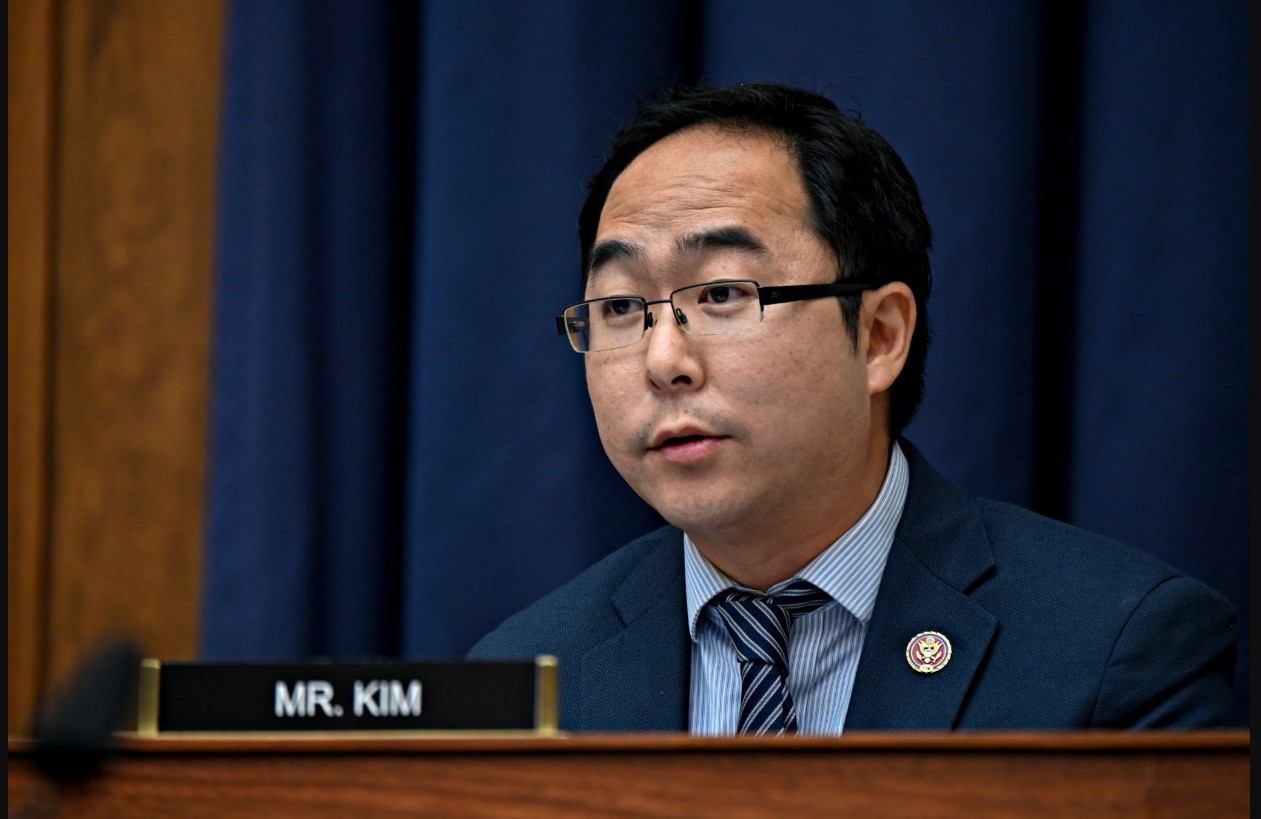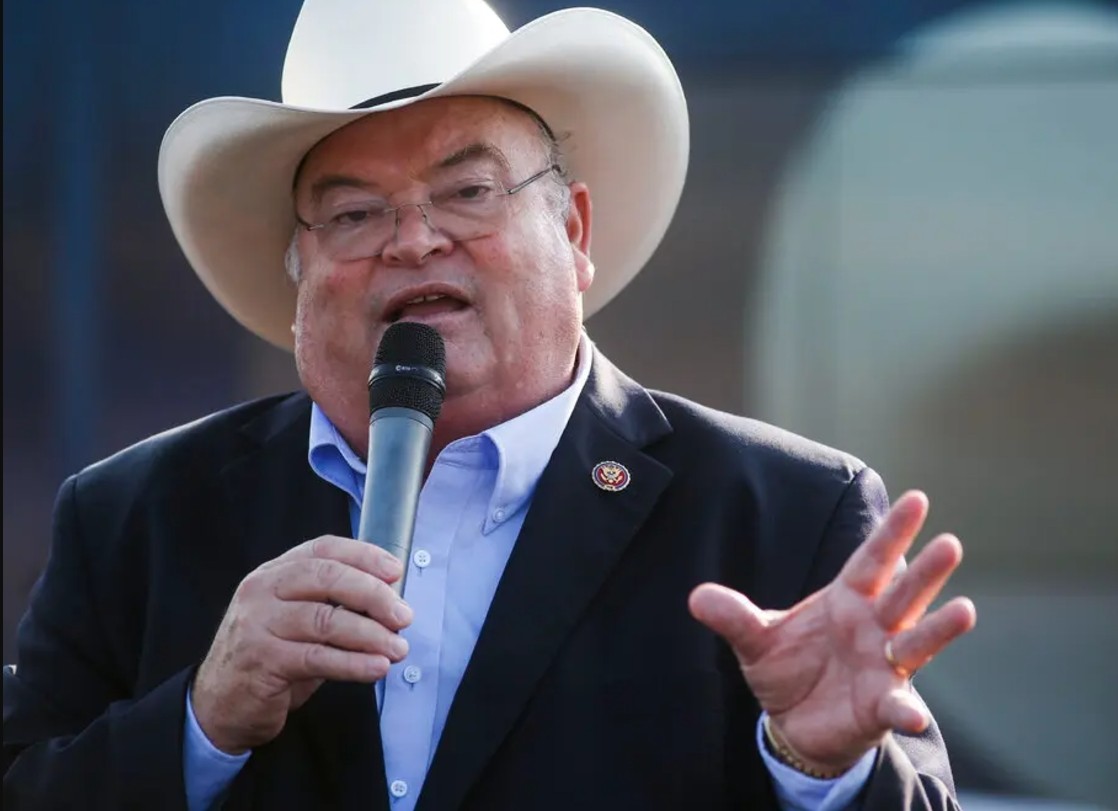Who Was America's First First Lady - Martha Washington's Personal Life
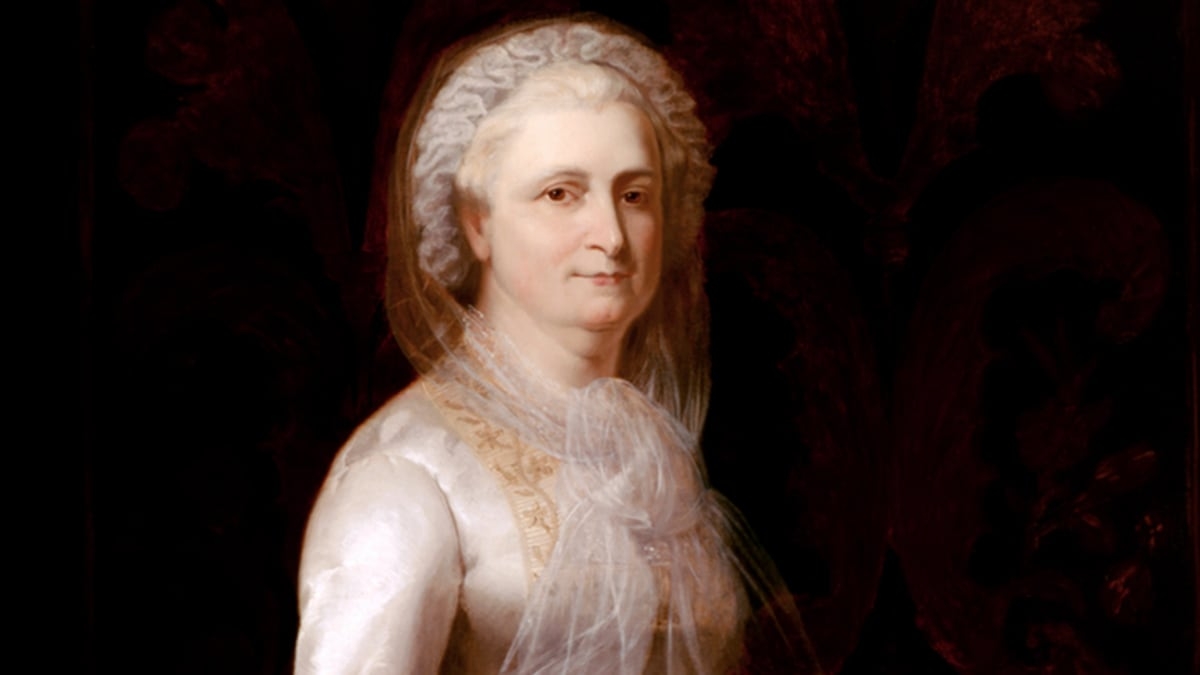 |
| Photo Britannica |
Martha Dandridge Custis Washington served as the nation's first first lady, helped manage and run her husbands' estates, raised her children and grandchildren, and was George Washington's "worthy partner" for almost 40 years.
Who was Martha Washington?
Martha Washington married a wealthy plantation owner before becoming a widow and inheriting his estate. She wed Colonel George Washington in 1759 and became the first U.S. first lady upon his eventual ascendancy to the presidency. Martha was known for her aplomb and large social events, though she actually preferred privacy. She died in Mount Vernon, Virginia, on May 22, 1802.
How was her early life?
The Chestnut Grove plantation in New Kent County, Virginia, is where Martha Washington was born on June 2, 1731. Her name was Martha Dandridge. She was raised and educated with a focus on skills that were seen as important for running a household. Reading, writing, and math were also taught.
Martha Dandridge was born on June 2, 1731, at Chestnut Grove Plantation in New Kent County, Virginia. She would go on to become known as Martha Washington. John Dandridge (1700–1756), the son of an English merchant, and Frances Jones (1710–1785), whose father was a member of the Virginia House of Burgesses, had eight children. She was the oldest of them.
Her schooling was probably typical for girls in her class at the time. She would have learned skills like religion, housekeeping, reading, writing, music, and dancing that would help her as the wife of a Virginia plantation owner.
Marriage and Estate
 |
| Photo mountvernon |
In 1749, when Martha was 18, she married Daniel Parke Custis, who owned a wealthy plantation. They would have four kids, but only Jack and Patsy would make it past childhood. When Custis died in the summer of 1757, his 15,000-acre estate went to Martha.
John Custis IV, Daniel's father, was against the marriage at first because the family of the potential bride wasn't as wealthy as he would have liked. After meeting Martha Dandridge, he finally agreed. He told his friends that he was "as much enamored with her character as [his son] was with her person."
In May 1750, she got married to Daniel. They were married for seven years and had four children. Two of them died when they were young. Daniel Custis (1751–1754), Frances Custis (1753–1757), John "Jacky" Parke Custis (1754–1781), and Martha "Patsy" Parke Custis were their children.
| When Daniel died suddenly in 1757, Martha, who was only 26, was left with a lot of money. Martha was left with two young children, a 17,500-acre plantation to run, and almost 300 slaves to take care of. English property laws said that women could only own property if they were single or had lost their husband. Martha Custis took care of the Custis estate and business interests after her husband died. In England, she talked to agents about business matters and to order supplies. If the goods were not of good quality when they got to the colonies, she told the English agents. |
When did she meet George Washington?
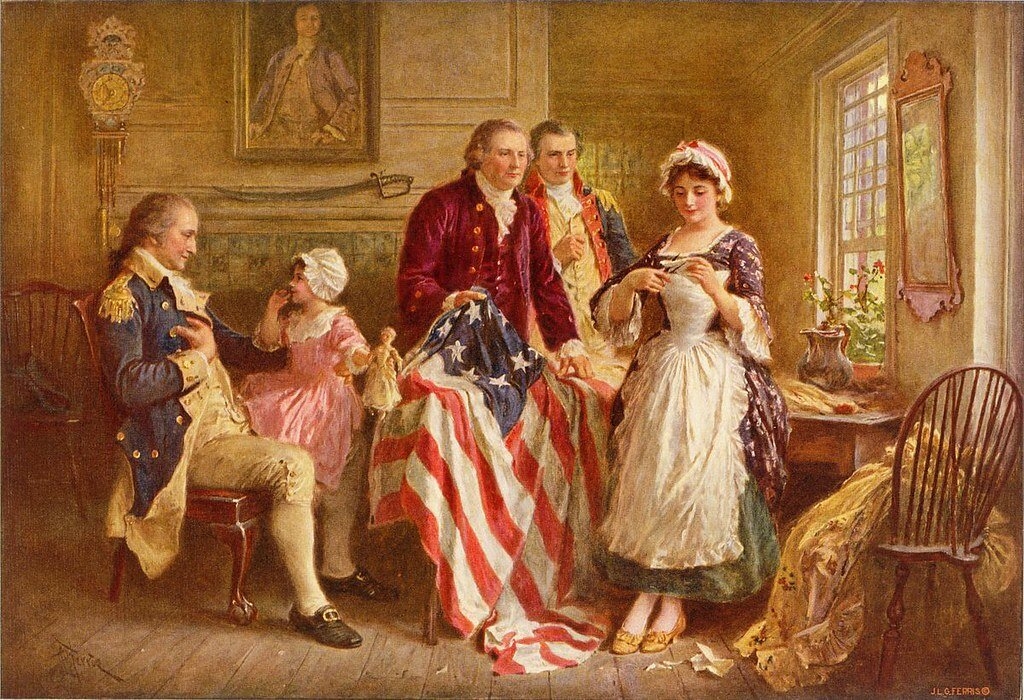 |
| Photo Historic America |
After that, she met Colonel George Washington at a cotillion in Williamsburg, Virginia. In 1759, they got married. Martha and her two kids moved to Washington's plantation in Mount Vernon, Virginia. The family became famous for their fancy parties and high-class way of life, but they also had money problems.
ChildrenBy first marriage: Daniel Parke Custis (1751–1754), Frances Parke Custis (1753–1757), John Parke "Jacky" Custis (1754–1781), Martha Parke "Patsy" Custis (1756–1773) By second marriage: None Raised: Grandchildren George Washington "Wash" or "Tub" Parke Custis (1781-1857), Eleanor "Nelly" Parke Custis (1779-1852) |
Life as First Lady
The Republican Court is the name of a painting by the famous American portrait artist Daniel Huntington that was made in 1861. The title was changed to Lady Washington's Reception when it was made into a mass-market engraving. The painting is an idealized view of the weekly get-togethers that Martha Washington hosted while George Washington was president (Brooklyn Museum of Art).
In the same way that Mrs. Washington knew her husband's actions could set an example for future presidents, she also knew that her actions as first lady would set an example for future first ladies. One of the most important things she did was start a weekly reception every Friday night that anyone could go to.
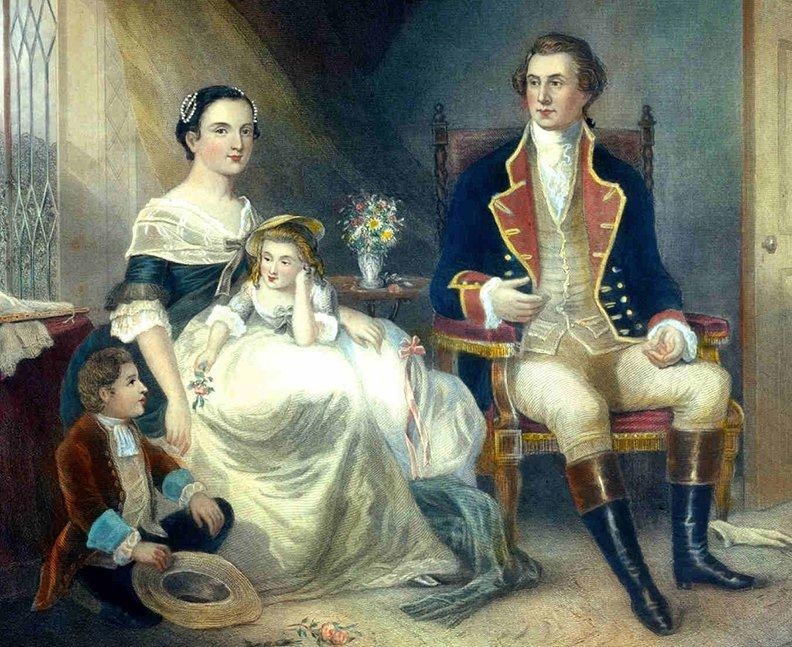 |
| Photo American Battlefield Trust |
At these events, the presidential mansion was open to members of Congress, visiting dignitaries, and men and women from the area. Following their introduction to Mrs. Washington, they sipped refreshments, conversed, and mixed with each other. Some people called Martha "our Lady Presidentess," but most of the guests called her "Lady Washington." 1.
Washington became the leader of the U.S. forces in the Revolutionary War in 1775, and Martha later stayed with him at his camps for long periods of time.
She felt a huge loss when her two remaining children died: Patsy died of epilepsy when she was a teenager, and Jack died of "camp fever" while he was in the army.
First Lady's ReceptionSome people complained that these weekly meetings smelled like monarchy or were a poor copy of the fashions and traditions of the discredited British Crown. Still, Martha persuaded the doubters. letting regular people into the president's house was a sign that the new government would be close to the people and care about their needs. In addition, while George Washington held his own events, Martha Washington's salons were more open to a wider range of people, including political opponents, people from different parts of the government, women, and men. Vice President John Adams's wife, Abigail Adams, said that Mrs. Washington's behavior as a lady made her "the object of veneration and respect." 2 |
Post-Presidential Life
When her husband's term as president ended and they moved back to Mount Vernon, Martha Washington was glad. Still, her life after being president was not the perfect private life she had hoped for. Instead, hundreds of people from the United States and other countries, including France's Marquis de Lafayette, came to visit the former president at Mount Vernon. Everyone thought they would be entertained, and some thought they would even be invited to stay the night. It was unknown if the former First Lady crossed the Potomac River with the former President to see the new federal city being built. This was true even after it became the official U.S. capital city in 1800. From Mount Vernon, she only went as far as the nearby city of Alexandria, Virginia.
In this made-up version of Lafayette's visit to Mount Vernon to see the former President, Martha Washington and Nelly Custis were shown.
When he died on December 14, 1799, the slaves that the Washingtons owned were told they would be freed when Martha Washington died. She wrote to President John Adams that she would do what the government asked because she felt it was the right thing to do for the country. She made it clear that she would be making a huge personal sacrifice by letting the first president's body be interred at the U.S. Capitol Building.
As a widow, she enjoyed having President John Adams and her old friend Abigail Adams visit. She had become friends with Abigail Adams when she was the Vice President's wife. In addition, she was polite when future Presidents John Quincy Adams and Louisa Adams and James Madison and Dolley Madison called on business. However, one account says that she said something bad about Anti-Federalists, especially Thomas Jefferson, who many Federalists thought had betrayed George Washington's friendship.
Even though she moved to Mount Vernon and lived a quiet life there, Martha Washington welcomed politicians who came to pay their respects and see what was thought to be the temporary grave of the late president once the new capital city was built in what was first called "The Federal City" and then named for her husband. She often talked about how lonely she was without her late husband and how she hoped to soon die with him. Even though she thought of herself as a very private person, her death was news across the country, and her obituary was printed in many regional newspapers.
| The death of the first First Lady was widely reported, as seen in this regional Georgia newspaper. Death:Her home, Mount Vernon, Virginia 1802, May 22 70 years old Burial: Burial vault, Mt. Vernon, Virginia |
* When she was overwhelmed by the expense of answering the numerous condolence letters she received after her husband passed away, Martha Washington became the first presidential widow to be granted the free postage "franking" privilege by Congress.
| As the first First Lady, Martha Washington's image was immortalized alongside her husband's in all forms of remembrance. Framed images of George and Martha Washington were displayed in American classrooms for many generations. Martha Washington's patience, stability, optimism, and loyalty were regarded as admirable qualities. George Washington's wife was nearly invariably shown with him in the many engravings and drawings created to honor his life. Additionally, she was the first woman in history to be featured on federally issued currency and postage stamps. |
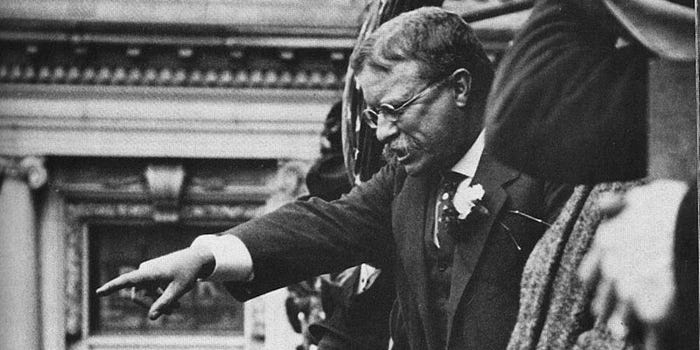 How Many US Presidents Have Been Assassinated? How Many US Presidents Have Been Assassinated? In American history, four out of 45 US presidents have been assassinated. However, many more presidents have escaped attempts on their lives, including Andrew Jackson, ... |
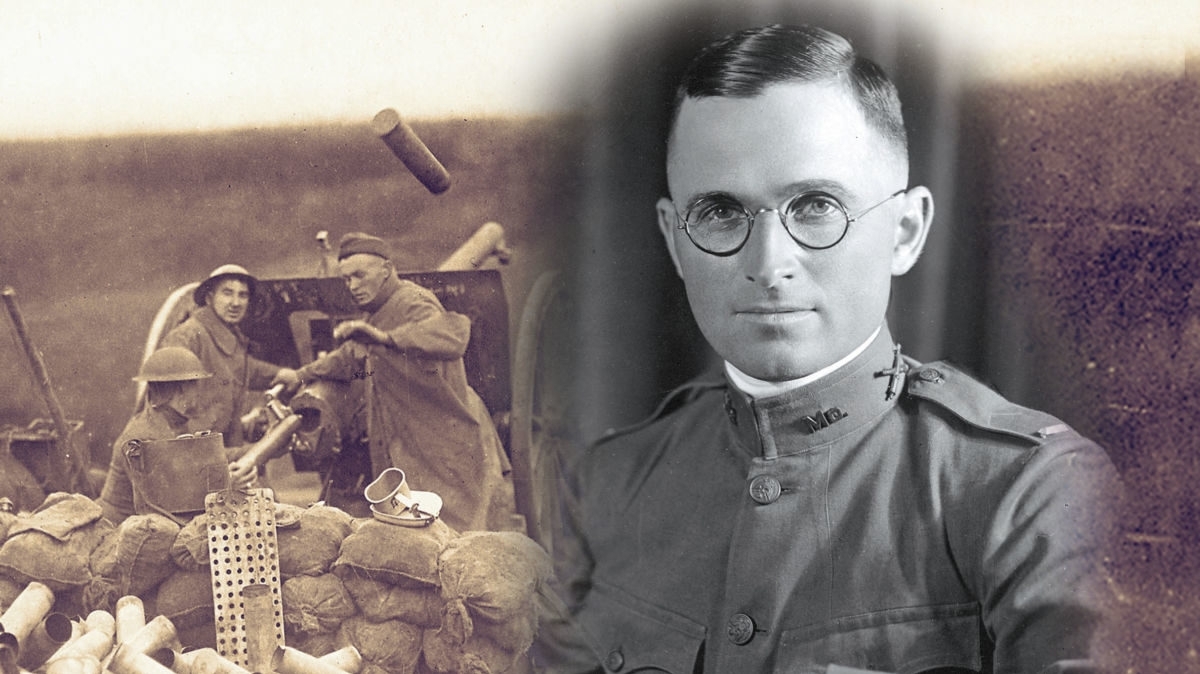 Which US Presidents Were Never Elected? Which US Presidents Were Never Elected? Some US Presidents took the office in special circumstance without being elected in any election. Who are they and how did they become US Presidents? |
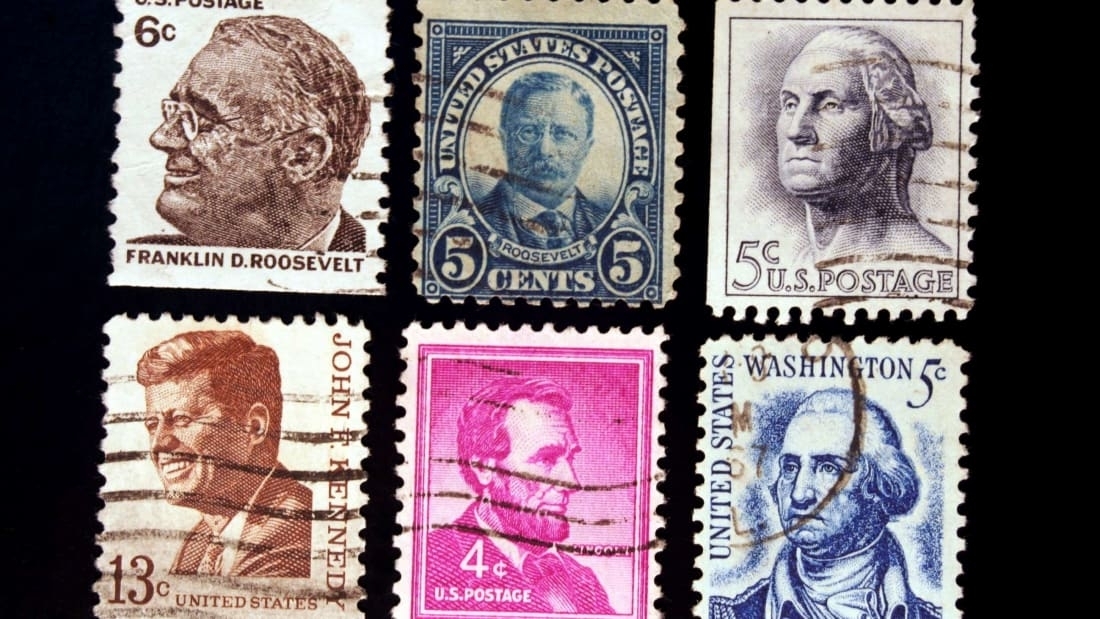 How Many Presidents Are In The United States? Full List and Interesting Facts How Many Presidents Are In The United States? Full List and Interesting Facts The US has 46 Presidents so far. Who are they and how long did they serve? |



